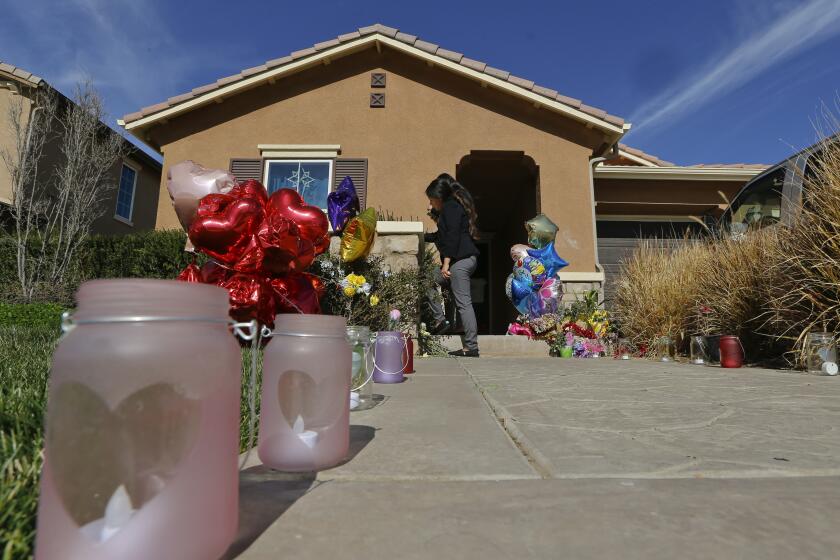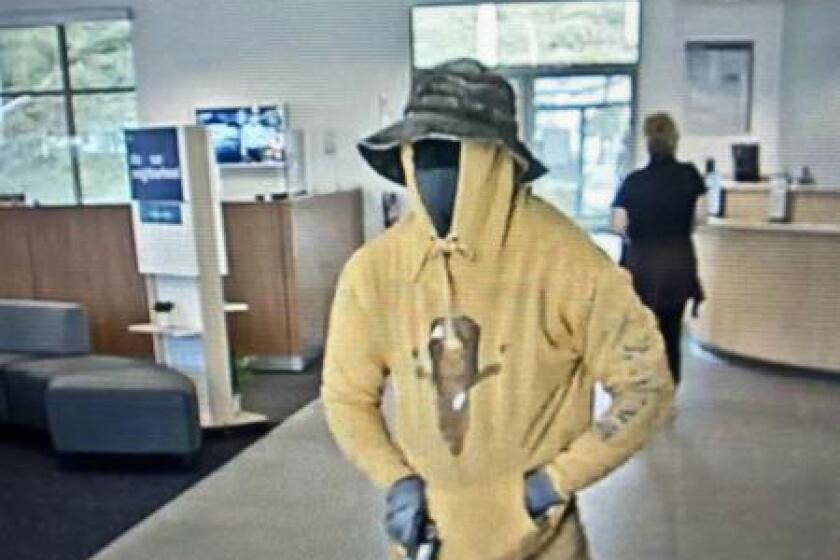Block Alleges Gang Crime Undercount : Law enforcement: The sheriff claims that ‘political denial’ masks the real scope of the problem.
Police agencies in Los Angeles County, under political pressure, have been under-reporting gang crime, contributing to apathy about the problem, Sheriff Sherman Block told participants at an anti-gang conference Tuesday.
“We are witnessing some political denial,” Block told the group’s opening session--titled “Community Mobilization: How to Survive the ‘90s”--at the Airport Marriot hotel.
“It is essential that those individuals who have the responsibility of compiling statistics do so accurately, completely and expeditiously,” he added.
Block, in a later interview, would not name the agencies he feels are under-reporting by not labeling some crimes as gang-related and by not reporting some minor incidents. But he said they range from “inner cities to suburbia” throughout the county.
Neither could Block state the extent of the under-reporting, but he contends that the Sheriff’s Department, the repository of crime statistics from all cities in the county, knows that “the gang problem is far more serious than they report.”
One criminal justice expert who agreed with Block, G. Albert Howenstein, said residents and law enforcement officers in some areas say they see a lot more gang crime than is reflected in police statistics.
“It disheartens law enforcement officers and it disheartens people in the community who see more gang crime than is showing up in the numbers,” said Howenstein, executive director of the governor’s Office of Criminal Justice Planning.
Block attributed the alleged under-reporting to pressure from local politicians who don’t want their cities to be seen as having gang problems.
Based on figures submitted from most cities in the county, there were 20,000 violent gang crimes last year, Block said. That includes 554 gang-related killings, a 23% increase over 1988 when gangs were involved in 452 deaths. But the sheriff said that gang crimes not involving homicides in 1989 could have been much higher if communities are indeed under-reporting.
Howenstein said the phenomenon goes beyond Los Angeles County. Like Block, he attributed it to a “denial factor” among politicians.
Block said the Los Angeles County Peace Officers Assn. is developing a uniform crime reporting system for use by all cities in the county so that “everybody is reporting the same things in the same categories.”
Unless there is integrity in gang crime statistics, he said, community groups that are fighting gang problems won’t know how to properly respond to them.
The two-day conference, which ends today, is sponsored by Howenstein’s state agency, the Los Angeles County Interagency Task Force on Gang Violence and the California Council on Criminal Justice.
The purpose of the gathering, Howenstein said, is to help community-based and grass-roots organizations forge formal ties with law enforcement agencies, social service agencies and the business community to attack gang activity on all fronts.
Organizers had expected 120 people to participate, but about 400 from all over the country showed up to hear speeches and attend workshops on what activists and concerned citizens can do to cut down gang activity and its attendant violence in their communities.
One speaker after another said what authorities are acknowledging with more and more frequency: that police action and tough laws alone will not solve the gang problem. Prevention and intervention programs, including job training and projects that enhance self-esteem among youths, are also part of the solution, the speakers said.
More to Read
Sign up for Essential California
The most important California stories and recommendations in your inbox every morning.
You may occasionally receive promotional content from the Los Angeles Times.










